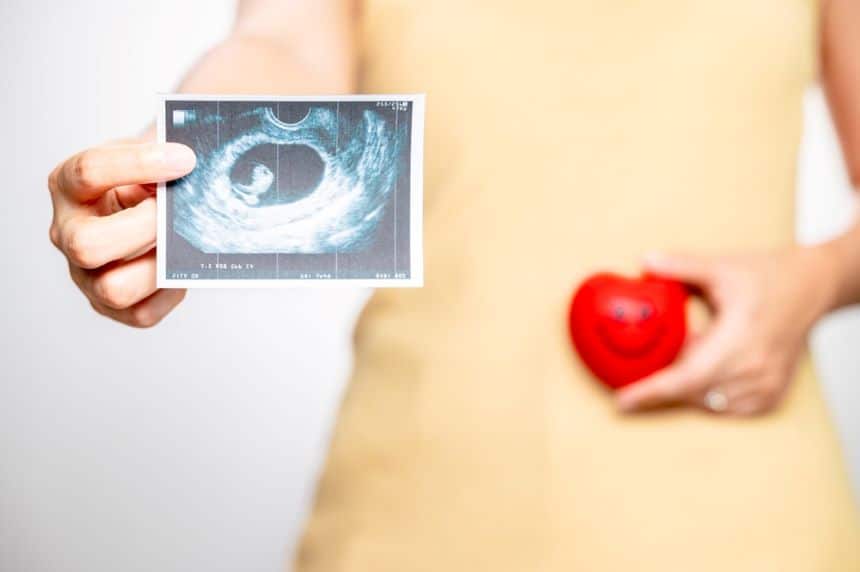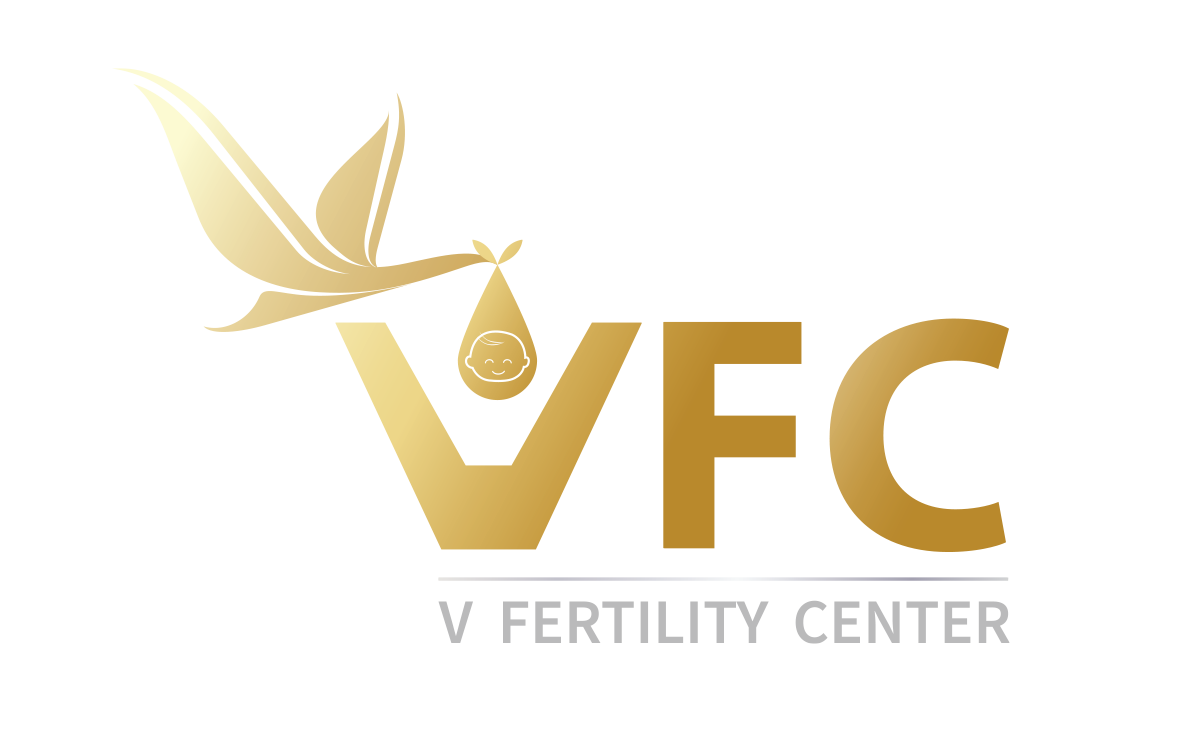
“Low primary follicles” may sound like a simple phrase, but when spoken by your doctor, it can feel alarming, disappointing, and even heartbreaking for anyone planning to have children. It may seem like a roadblock that pushes your dream of parenthood further away.
In reality, hearing that you have low primary follicles is not the end of the journey. There are still many things you can do, starting with an understanding of how to find the best path toward fertility restoration.
What Are Primary Follicles and How Do They Affect Fertility?
Primary follicles, also known as the Antral Follicle Count (AFC), are the small egg sacs in the ovaries that can be seen via ultrasound. This number reflects the ovarian reserve—how many eggs are potentially available for future ovulation. Counting them helps doctors understand ovarian readiness for pregnancy.
Why Do Doctors Use This Number to Evaluate Fertility?
Doctors typically assess AFC alongside Anti-Müllerian Hormone (AMH) levels for a more accurate fertility evaluation. AFC reflects the number of primary follicles, while AMH indicates how well the ovaries respond to stimulation. Together, they provide doctors with insights to recommend egg stimulation, egg freezing, or other fertility planning methods.
Low Primary Follicles = Lower Chance of Pregnancy?
When hearing the phrase low primary follicles, many women fear it means their chances of pregnancy are reduced. But the truth is, it only indicates egg quantity, not necessarily egg quality. Ultimately, egg quality is the key factor influencing the likelihood of conception, not just the number detected.
Factors That Cause Low Primary Follicles
A lower-than-normal count of primary follicles may be influenced by several factors:
- Age: The main uncontrollable factor. Egg quantity and quality naturally decline with age, dropping faster after 30 and sharply after 35.
- Malnutrition: Inadequate nutrients, especially protein, vitamin D, and zinc, affect egg development and quality.
- Oxidative stress and the environment: Free radicals from metabolism, pollution, or poor diet damage egg cells, accelerating deterioration.
- Premature ovarian insufficiency: A condition where the ovaries stop functioning earlier than expected, leading to low primary follicles compared to peers of the same age.
- Lifestyle factors: Chronic stress, lack of sleep, smoking, and alcohol consumption all significantly reduce follicle numbers.
How to Manage Low Primary Follicles and Improve Fertility
If you are concerned about low primary follicles, here are three practical steps to enhance your chances of pregnancy:
- Consult a fertility specialist: Comprehensive health checks, hormone tests, and an ultrasound evaluation of ovarian reserve will help determine the best treatment plan.
- Discuss egg stimulation or egg freezing: If eggs are few but still healthy, doctors may recommend egg freezing to preserve future fertility, or stimulation for IVF treatment.
- Adopt a fertility-friendly lifestyle:
- Nutrition: Eat leafy greens, fruits, quality protein, omega-3 fatty acids, and take doctor-recommended supplements.
- Exercise: Moderate, consistent activity improves blood flow and hormone balance.
- Stress management: Yoga, meditation, or relaxing activities can reduce the negative impact on hormones.
3 Fertility Treatments That Increase Pregnancy Chances

1. Intrauterine Insemination (IUI)
This is considered a basic fertility treatment. The doctor selects the healthiest sperm and injects them directly into the uterus during the woman’s natural ovulation period to increase the chances of fertilization. This method is suitable for couples where the male partner has mild sperm issues, such as a slightly low sperm count or minor motility problems, while the female partner’s fallopian tubes remain functional.
2. In Vitro Fertilization (IVF)
IVF is one of the most popular and successful fertility treatments. The doctor stimulates the ovaries to produce multiple eggs, which are then retrieved and fertilized with sperm in a laboratory. Once embryos are formed, they are transferred back into the woman’s uterus. IVF is often recommended for women with low primary follicles, poor egg quality, blocked fallopian tubes, or male infertility issues.
3. Intracytoplasmic Sperm Injection (ICSI)
ICSI is an advanced form of IVF. The doctor selects a single healthy sperm and injects it directly into the egg to ensure precise fertilization. The resulting embryo is then transferred to the uterus. ICSI is particularly suitable for couples dealing with very weak sperm, extremely low sperm count, or cases where conventional fertilization has previously failed.
Being told you have low primary follicles can feel discouraging, but it should not define your future. The quantity of eggs does not matter as much as their quality, and modern fertility treatments offer hope.
At VFC Center (V Fertility Center), our specialists provide accurate infertility evaluations and personalized care through hormone testing (AMH, FSH, LH, E2) and detailed ovarian ultrasounds, giving a holistic view of your reproductive health before creating the most suitable pregnancy plan. Guided by experienced fertility doctors and advanced medical technology, we maximize your chances of success while helping you make informed decisions about options such as IVF, ICSI, or egg freezing cost, so you and your partner have the best opportunity to start or grow your family.
Article by Dr. Nannapat Parosiyanont
Contact or Book a Consultation:
VFC Center – V-Fertility Center
Hotline: 082-903-2035
LINE Official: @vfccenter

The team of specialists in obstetrics and gynecology and reproductive medicine





No Comments
Sorry, the comment form is closed at this time.